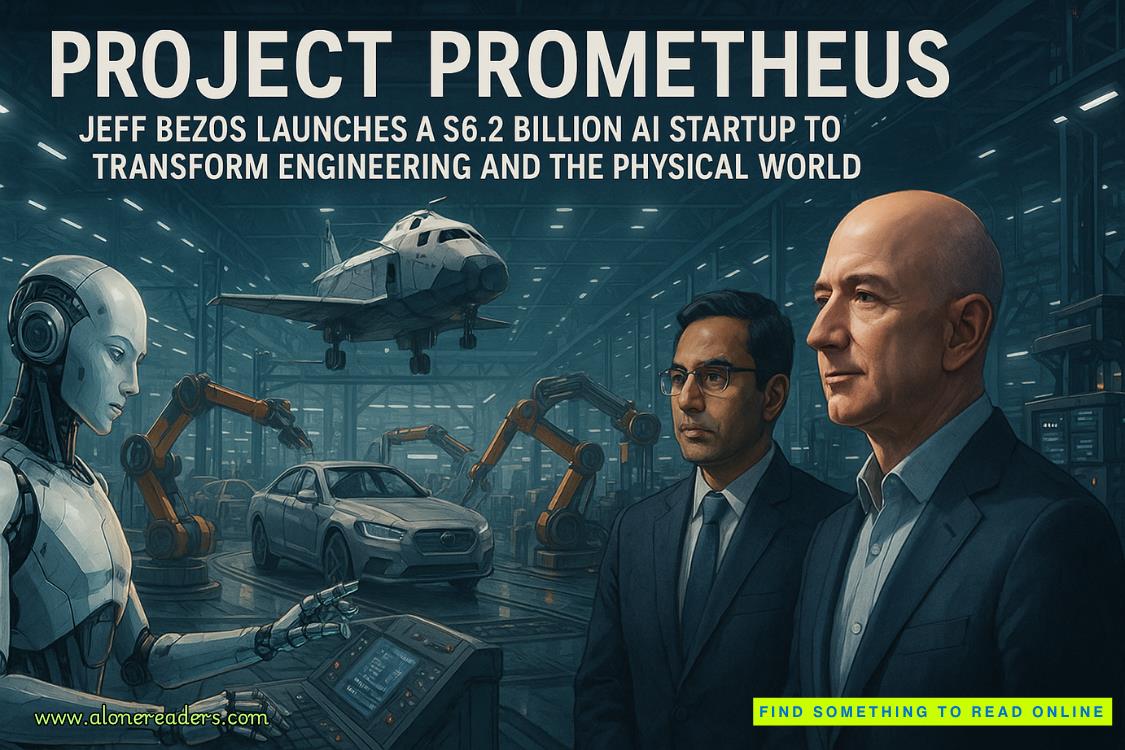Page 68 of Flat Out
My head was a goddamn mess, and not just because of the concussion. For once in my life, my future was muddled, and while my heart tugged me in one direction, my brain struggled to keep up.
Aurélie’s performance caught my eye next. She was out on a long run, the Luminis car looking stable but sluggish. Her delta was red, showing she was losing time down the straights. Engine performance wasn’t on her side today, but her corner speeds were impressive.
I exhaled sharply, pulling my headset off my neck and adjusting the settings. It was second nature now, flipping todifferent team channels, listening in on the competition when I needed an edge. But instead of jumping to Ferrari or Red Bull, my fingers hovered over the Luminis channel.
I hesitated. Then, with a flick of a dial, I tuned in, then grabbed a tablet and navigated to the feed following her car the most. Within minutes, I heard her radio crackle to life, and I waited with bated breath for her to speak, eager to hear her voice.
“The front end feels nervous under braking. I’m losing stability into Turn 5. Feels like the weight transfer isn’t settling properly.” The words were strained and muffled through the G-forces.
“Copy,” someone on her team responded.
I watched for another lap.
“She’s late on the brakes into Turn 3,” I murmured to myself, watching her lock up briefly. She corrected quickly, her exit clean despite the mistake. The next lap, she braked earlier, sacrificing a little time on entry but nailing the apex and carrying more speed through the corner.
I’d seen drivers manhandle cars before, wrestling them around the track with brute force. But Aurélie? She didn’t fight the car; she finessed it, coaxing performance out of machinery that had no right keeping up with the frontrunners. It was exhausting work, and the fact that she made it look easy only made me admire her more.
Smart. Adaptable. That was Aurélie.
I couldn’t help but compare her to myself. The first few years of my F1 career had been a grind like this—wrestling midfield machinery, squeezing out every ounce of performance while knowing the car could never deliver what I wanted from it. That kind of fight shaped you. It burned you down to the bone but also forged you into something stronger. And as I watchedAurélie now, I realized she was becoming just that—stronger, sharper, hungrier. Maybe even hungrier than I’d been.
The difference, though, was her focus. She didn’t let her emotions rule her on track the way I had when I was her age. Where I’d been fire and fury, she was ice—controlled, calculated. She didn’t just survive in that car; she thrived in it. And that was dangerous—for everyone else.
“The brakes are getting hot. Feels like I’m losing pedal pressure in Sector 2.” Her voice was right in my ears. Just the way I wanted it.
I frowned, my eyes narrowing at the screen. “Their brake ducts are too conservative. She’s losing time managing temperatures.”
The engineer beside me hummed in agreement. “Yeah, but look at her traction out of Turn 9. She’s getting more out of that car than it deserves.”
He wasn’t wrong. The Luminis car wasn’t built for glory, but Aurélie had a way of making it look like it belonged there. She pushed the limits without crossing the line. Watching her now, it was clear she was compensating for the car’s shortcomings in ways most drivers wouldn’t bother.
It was underpowered and unpredictable. On the live feed, I saw Aurélie’s car bounce slightly over the curbs in Turn 5, the suspension clearly struggling to settle. Her voice crackled over the radio again, frustration creeping into her tone. “Rear tires are overheating again. Balance feels off.”
The telemetry confirmed it. The car was eating through the rear tires faster than it should, a sign of poor weight distribution or excessive torque. I frowned, watching her lines as she adjusted mid-corner, easing off the throttle to preserve the rubber.
That kind of driving took more than skill. It took resilience, and it left its mark. Her body probably ached after every session, every race. And yet, she never let it show.
At first, I chalked it up to the car being a shitbox. Luminis hadn’t exactly been known for clean setups this year. But the longer I watched, the less sense it made.
Her brake balance was set unnaturally far forward—too far. Every lock-up was loading the front end like a battering ram, forcing her to absorb the correction through her shoulders and neck. No engineer worth his license would set a car up that way. Not by accident.
Then there was the suspension. I narrowed my eyes at the replay, watching her car bounce again through Turn 5, the chassis unsettled even though her entry was clean. That kind of rebound wasn’t just uncomfortable. It was flat outdangerous. Every impact went straight through her spine, and suddenly I was thinking of Monaco again. Her confession, quiet and almost embarrassed when she told me she’d been in pain for weeks.
I really had thought it was just the grind. But now I wasn’t so sure.
My stomach twisted as she came into the long left-hander in Sector 2. The rear snapped out. It wasn’t enough to spin, just enough to force her to react quickly to catch it. Again. Over and over. Each correction was quick and precise, but there was no reason she should’ve been fighting instability like that. Not unless the setup was compromised.
“Strange,” I muttered under my breath, desperately trying to understand the car.
The engineer beside me–the one I spoke to earlier–glanced up. “What’s strange?”
I leaned closer, lowering my voice. “Look at her balance trace. The weight transfer’s off. It’s extremely front-heavy intocorners, the rear is unstable on the exits. You’d never run both those extremes together. It’s contradictory.”
He frowned, studying the screen as Aurélie flew through another lap. “Yeah… that’s unusual. Could be driver preference?”
“No,” I said immediately. My gut knew it, same as it had known when I defended that chicane in Montreal and wound up in the wall. “That’s not preference. That’s pain or even a fucking injury waiting to happen. You see how she’s muscling the wheel out of every corner? She’s driving a setup that’s actively fighting her. You, as an engineer, wouldneversend a driver out with that kind of set up, right?”
“Never.” He slowly shook his head, his skepticism giving way to unease. “So you’re saying…” His throat bobbed as he leaned closer to the tablet.















